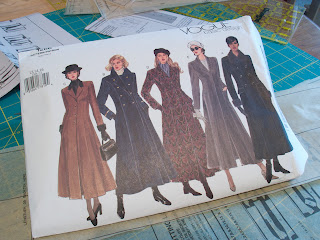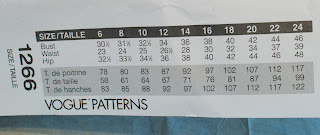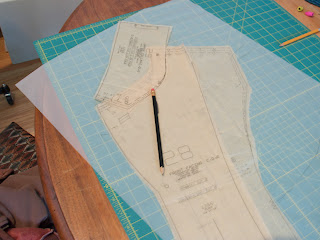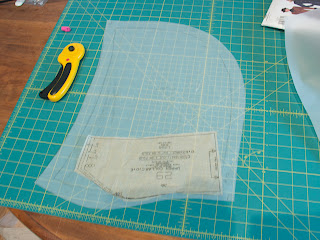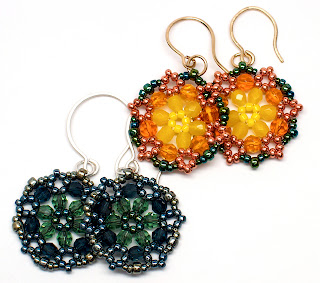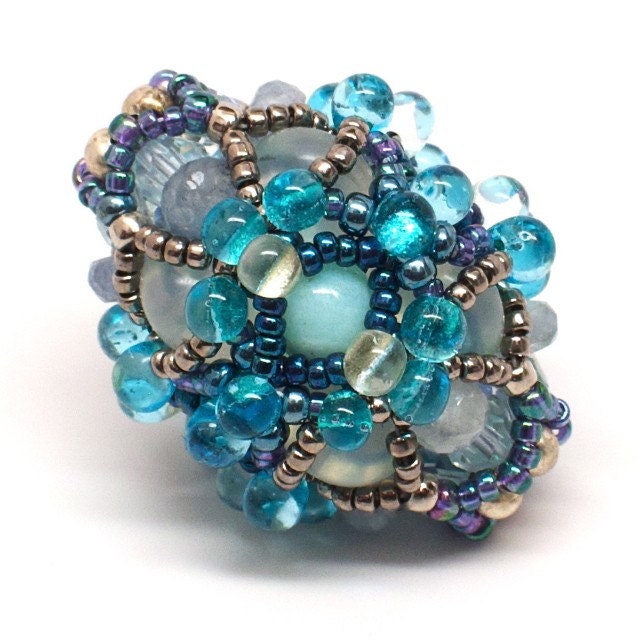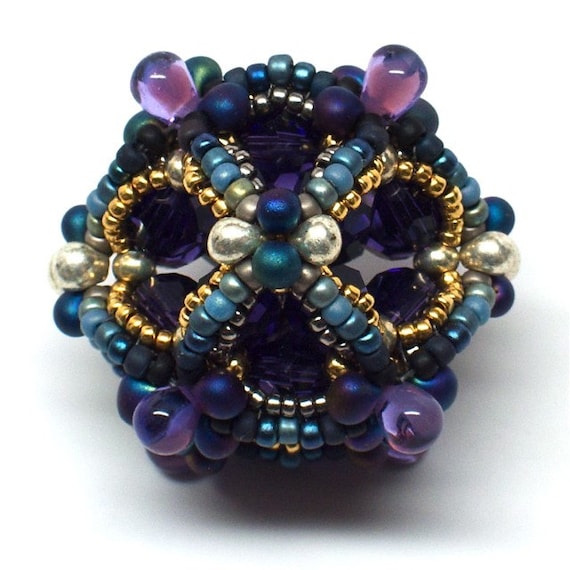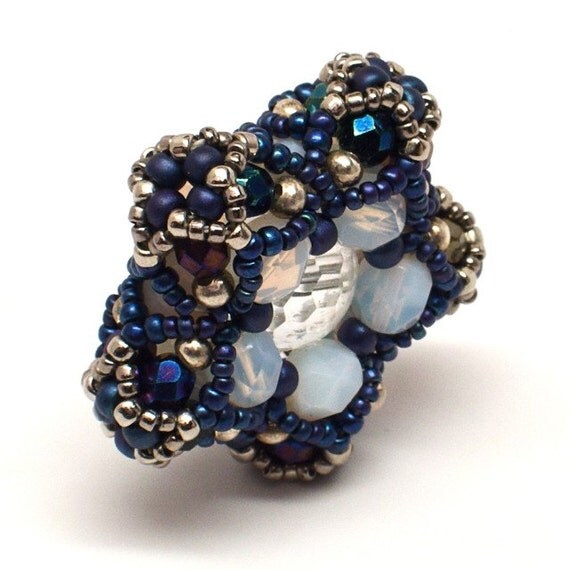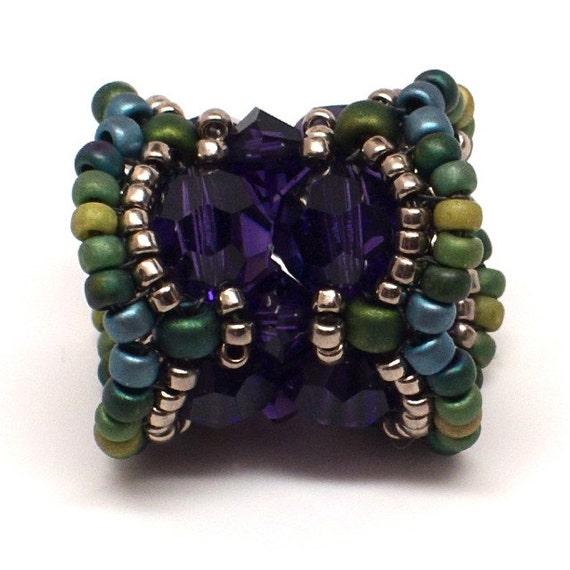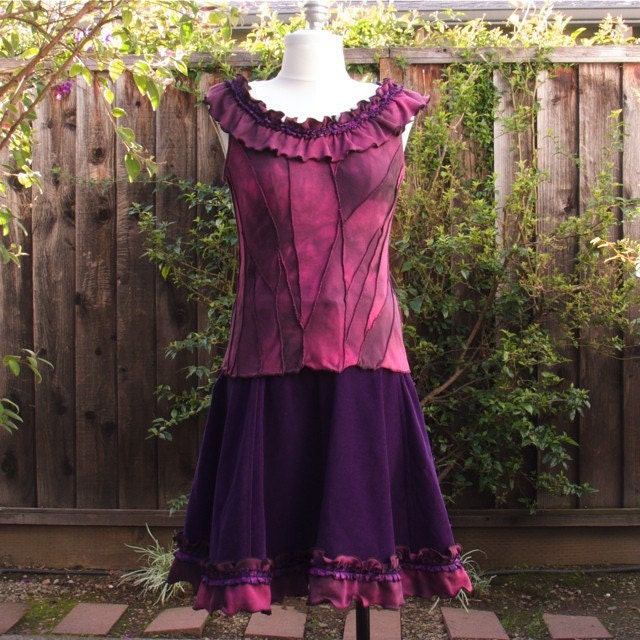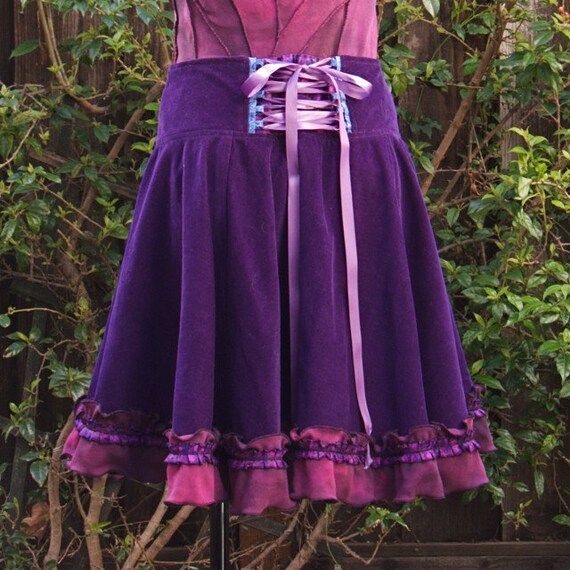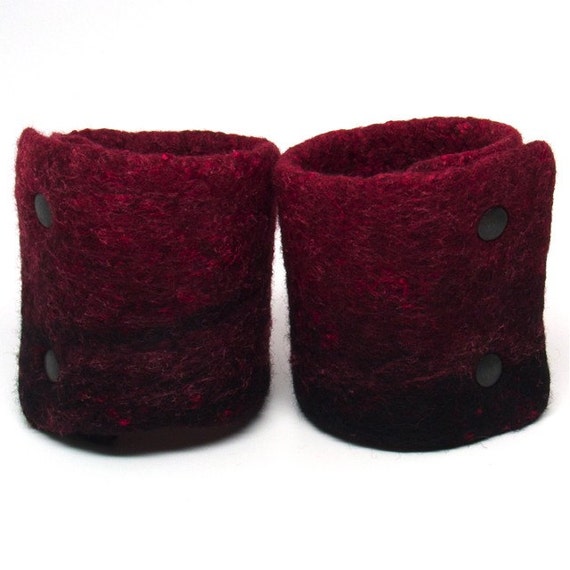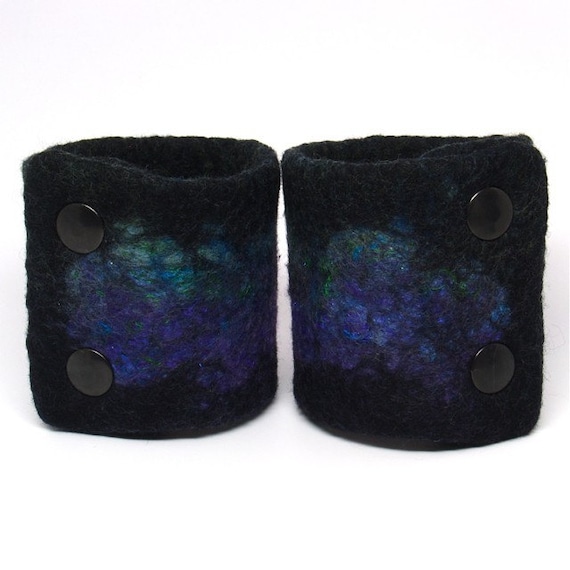Some inspiration and my new sewing project...
I’ve seen so many beautiful reconstructed sweater coats on Etsy lately. I think the most notable designer is
Katwise.
She pitches her work as “Original Elf Coats made from Recycled Sweaters” and I think that her work is amazing. A few other designers whose work I’ve admired are Green Oak Creations, Amber Studios and Enlightened Platypus.
With so much inspiration, I decided that I love the idea and wanted to make an up-cycled sweater coat of my own. Rather than copy the designs of the artists who inspired me, I am designing my own pattern. However, the materials will be the same, lots and lots of old sweaters. I'll tell you about the sweaters later. Since I started this blog to encourage myself to write about what I learn from creating art, and I’ve never made anything from old sweaters before, I decided to blog my way through this project, and away we go...
THE PATTERN
To start, I needed a coat pattern that fits my body. So, I figured where better to start than with a purchased coat pattern. Yes, I’m using a pattern, but I will to alter it significantly before I cut any sweaters. I just need something to start because it’s easier for me to alter a pattern than to draft my own. I’m not there yet, but I hope someday… Anyways, I chose Vogue 1266 (12, 14, 16) because I already had a copy of size (6, 8, 10) but I purchased this pattern before I figured out that my dress size in the store is not the same as my dress size in paper patterns.
I’ve been flirting with this coat pattern for over a year, so I bought a second copy, in the medium size. I’m a medium size. I know this because I measured my bust, waist, and hip measurements, and figured out my size by looking at the chart on the flap. It also comes in size (18, 20, 22, 24), and so that’s the large.
I chose this pattern because it has princess seams, which make for a nice fitted bodice. That also makes it different from most of what I’ve seen on Etsy. Amber Studios has made at least a few coats with princess seams, like
this one, which is awesome, but I’ll be sure to try to make mine different.
I pulled out the pattern instructions, found the list of pieces by name and number, and identified which pieces I needed. I’m making version C. So I marked all C pieces and facings with “C”. I marked all C lining pieces with “L”. At this point, I don’t know if I’m going to line my sweater coat (probably not), and there is plenty of time to think about the lining later since you add that at the end, just before hemming.
So I pulled the tissue paper pieces out of the envelope, and I unfolded, and they just kept unfolding more and more. They were INSANELY HUGE, giant rectangles of tissue paper at least five feet on a side. I used to be scared stiff by giant pattern pieces, but I took a deep breath and cut out all of the “C” pieces, snip-snip. I refolded the other pieces and shoved them back in the envelope. At this point, it’s not important to cut exactly on the lines, so I left a little margin to make life easier on myself.
I pressed all of the pattern pieces with a cool iron, no steam. It makes a satisfying crinkle sound when you press the paper and the wrinkles smooth out.
This is exactly how far I made it through the size (6, 8, 10) before I figured out it would be too small in the shoulders. For some reason, I decided that if the shoulders fit, I could probably make any other adjustments I needed to make the whole thing fit, and I would be better off starting with a larger size. I’m not sure if my intuition is right on this point. We’ll see.
After cutting all of my C pieces, I made sure everything was accounted for. There are so many pieces that it’s easy to miss one.
There are four pieces that make up the bodice of the coat, front, back, front side, and back side. I’ll need two of each in fabric. The sleeves have four pattern pieces: upper sleeve, under sleeve, cuff and sleeve facing which provides and edge for the sleeve hem. I’ll need two of each of those in fabric. I’m not sure if I’m going to use the cuffs yet, but I’m keeping them for now. The collar has two pieces, the upper collar and the under collar. I’m ditching both of them in favor of a hood. Hoods are cozy. I like hoods. I’ll talk more about my dealings with the hood later. There are two more facing pieces, the back neck and front facing. The facings are the pieces that give the coat some of its structure and finish the edges around the neck and front edge.
ALTERING THE PATTERN
Before I cut any fabric, I need to alter the pattern a little. The coat in the pattern is ankle length, so really long. I like my coats to fall just below my knees, so I shortened the pattern by a clean foot. I shortened 5 pieces: front, back, front side, back side, and front facing. I shortened the pieces by folding the hems up and using itty bitty pieces of scotch tape to secure them. I don’t like cutting pattern pieces if I can just fold the alteration.
I’m removing the collar and adding a medium wide hood. Here's how the collar fits on the front of the top front of the coat.
I have one hoodie in my closet, but the hood is too small and fits a little funny, so I traced it for my first draft, and made some adjustments for a better fit. Then, I measured my around my head, out and wide like I want the hood to fit, and adjusted the size of my tracing, a little hear and there, to better fit with my measurements. I also compared the bottom edge of my hood with the bottom edge of the collar pieces.
I made the hood edge similar but with a deeper curve to add some extra fullness near the neck. I noted that the collar leaves about 2.5 inches to the edge of the collar (measured on the seam line, not the edge of the pattern pieces.
I also wanted to remove the notch in the collar, to make the hood join smoothly with the front edge. So I folded the front facing and front pieces by one inch which removed the little flap (and consequently the notch). This fold subtracted one inch, and I added 1.5 inches to the hood bottom edge. That's why the hood piece is longer than the collar piece in the photo above.
To finish my hood piece for now, I made sure the corners at the top and back of the neck are right angles (they're marked in the photo). They have to be so that when you unfold the pieces at those places, you get a straight edge. I’m still not sure about the exact size and shape of the hood so I’m using a full inch seam allowance on my pattern piece for now. That will leave me some wiggle room if I need to let it out a little when I try it on later.
My pattern is now ready for a mock up in scrap cotton fabric. That’s next.

































